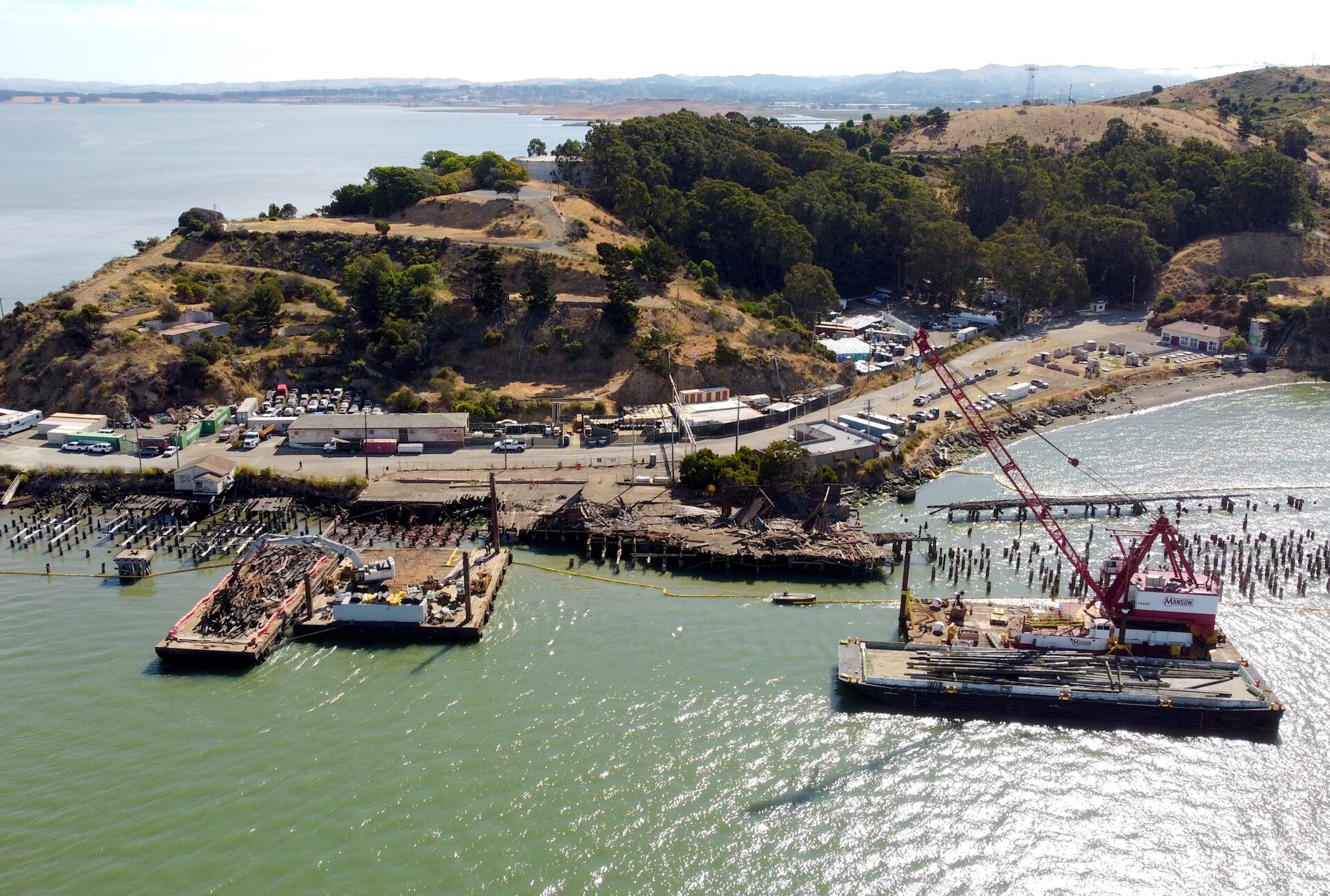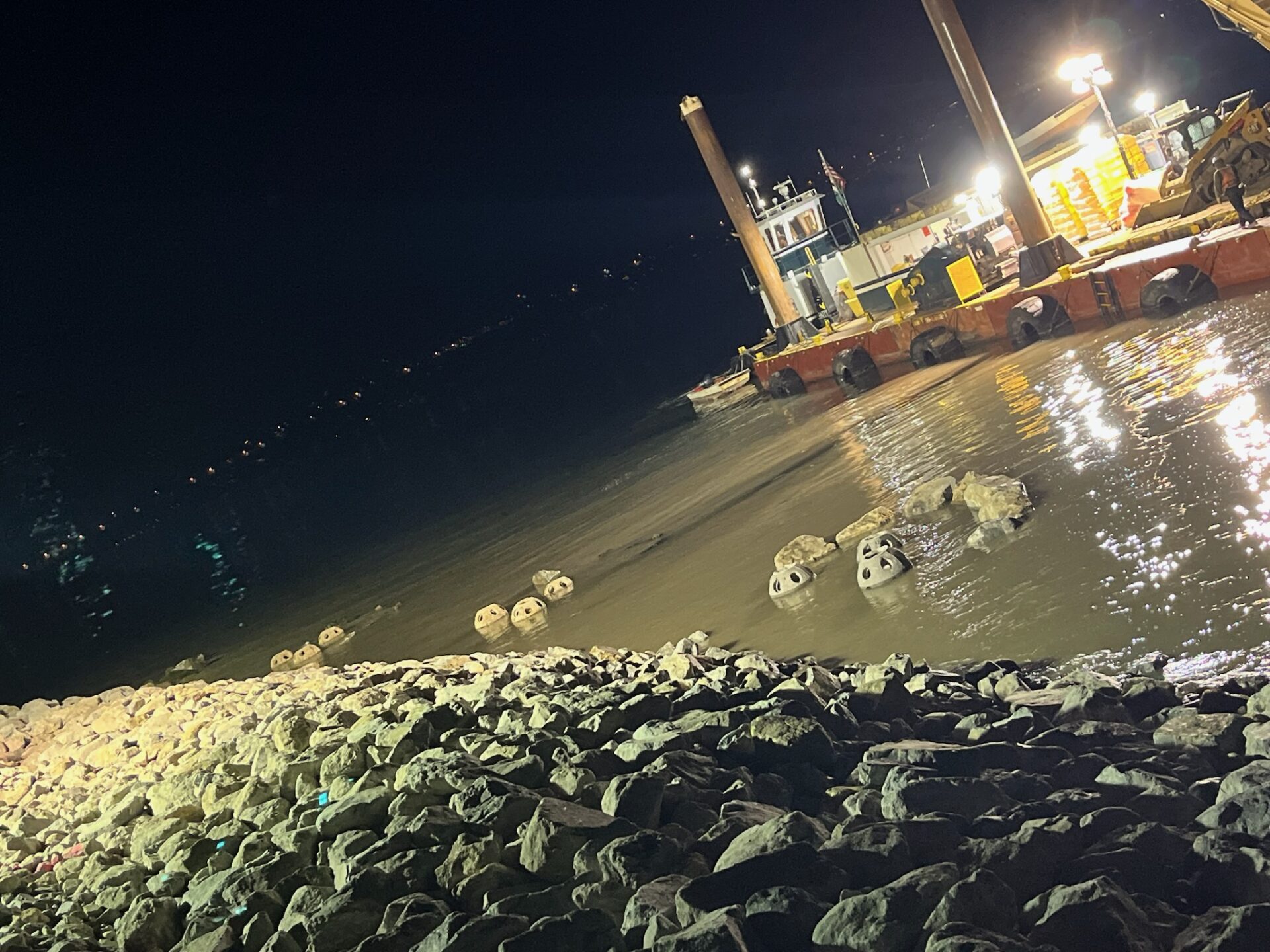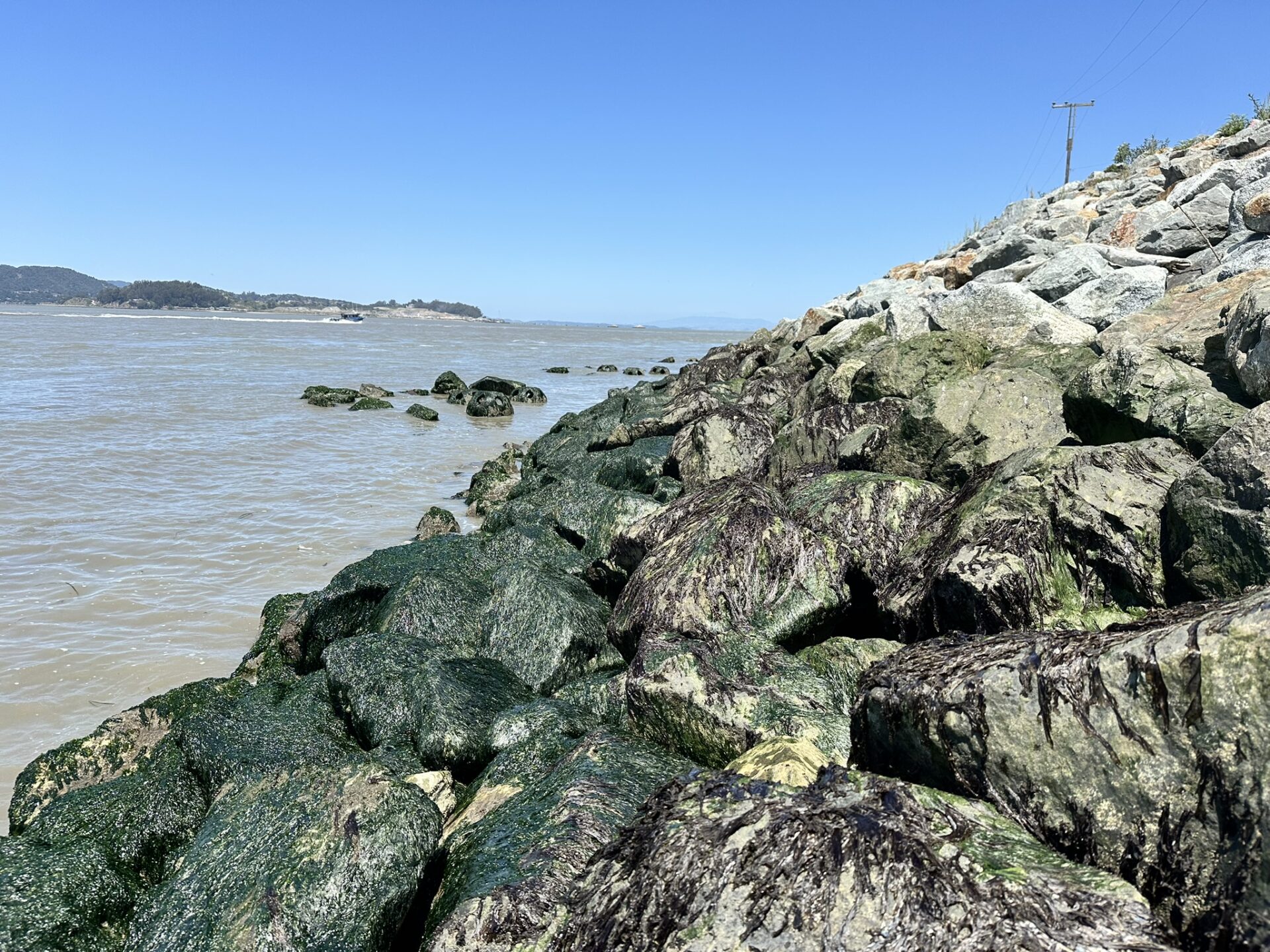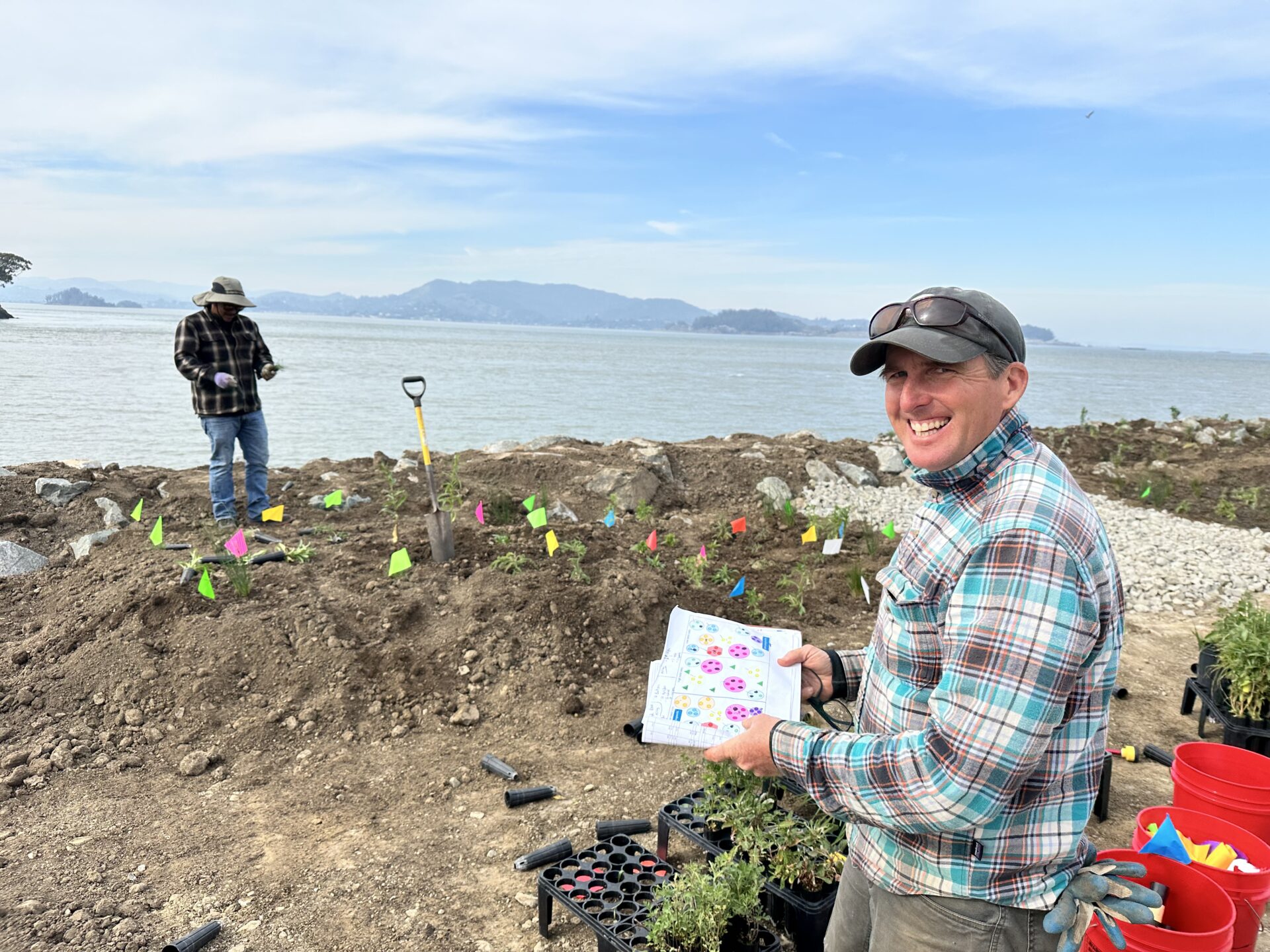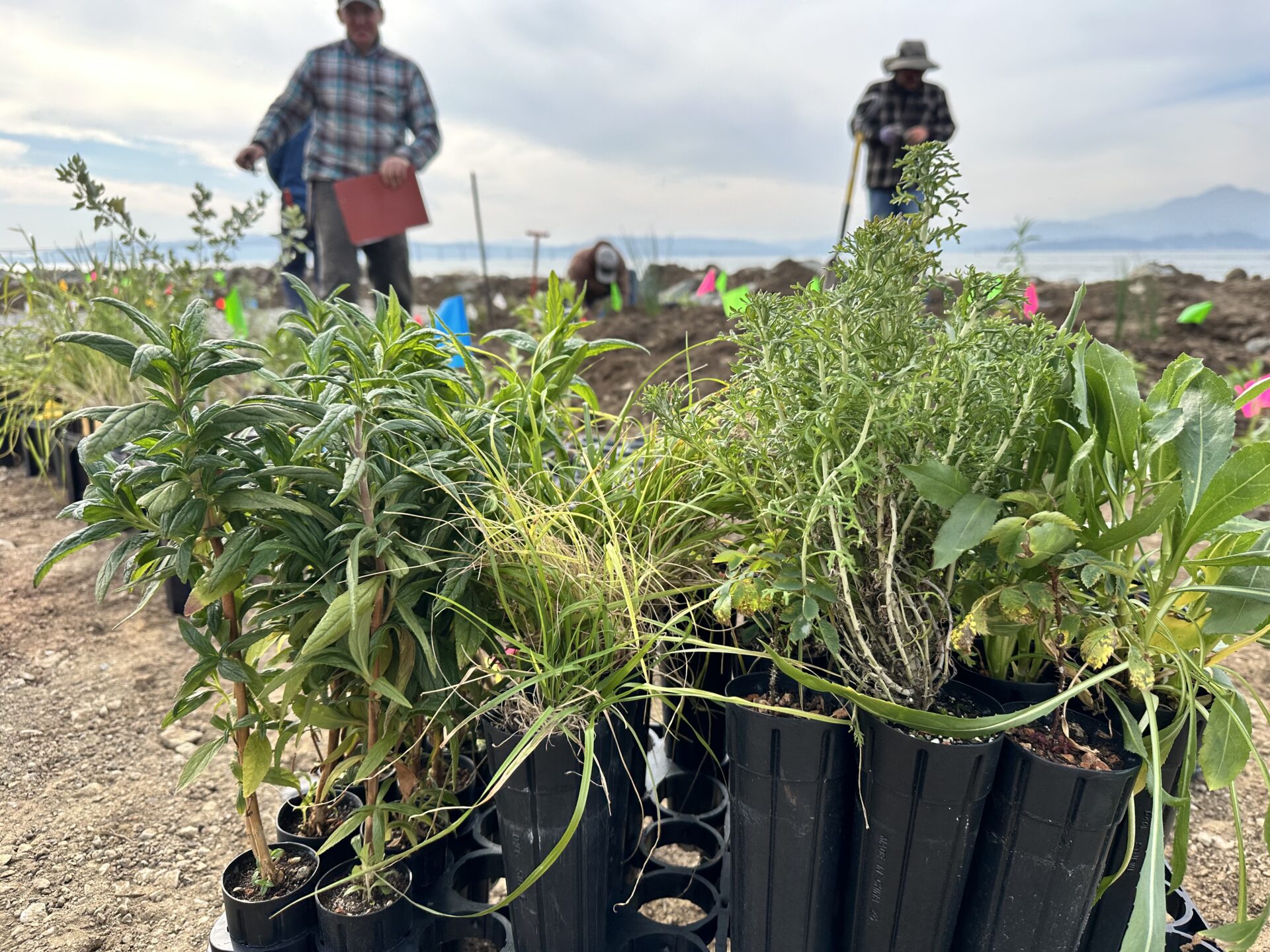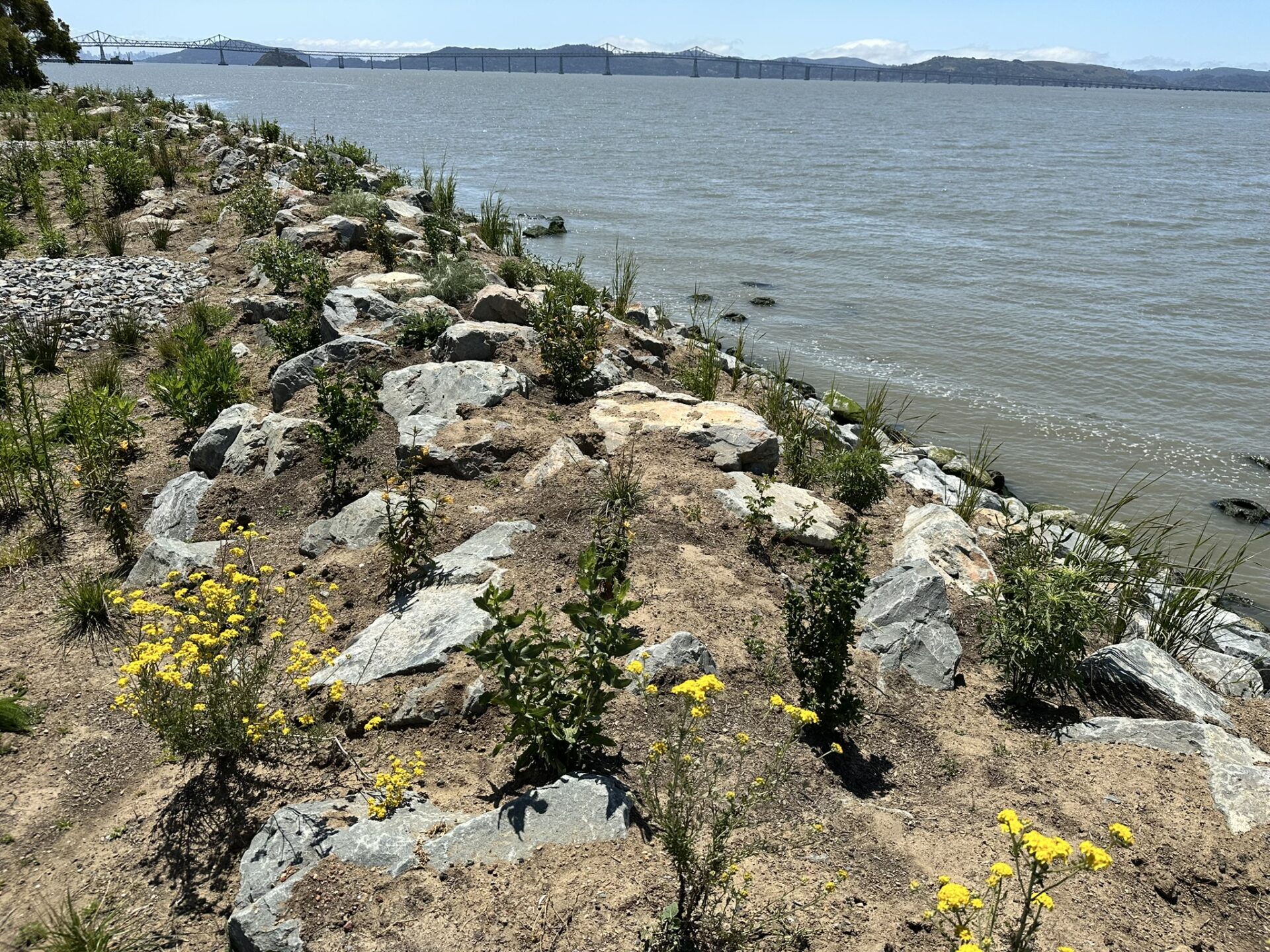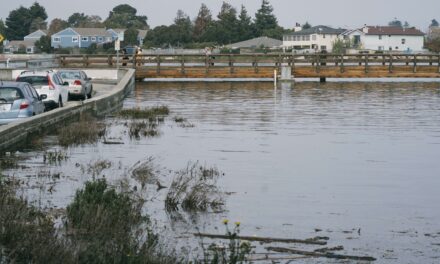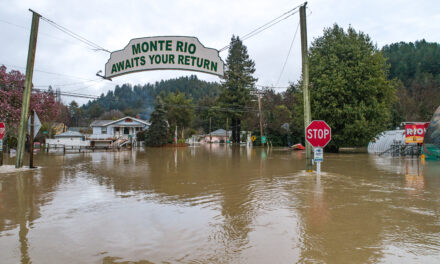Bumpy Road Ahead for Fast-Tracking Program?
Although “government efficiency” is getting a lot of fanfare in Washington these days, it has always been the watchword of a San Francisco Bay Restoration Authority project designed to fast-track permitting for multi-benefit wetland restoration projects. But in an entirely foreseeable twist, the frenzied federal cuts now taking place may undercut that mission.
The Bay Restoration Regulatory Integration Team brings together the key federal, state, and local regulatory agencies with potential jurisdiction over projects — including the U.S. Army Corps of Engineers, NOAA’s National Marine Fisheries Service, the U.S. Fish and Wildlife Service, the California Department of Fish and Wildlife, the SF Bay Regional Water Quality Control Board and the S.F. Bay Conservation and Development Commission — to jointly evaluate projects and iron out conflicting policy issues. Since it was launched five years ago, 11 projects have been fully permitted, with three others very close and more than a dozen more in the pipeline.
“Eleven might not sound like very many projects,” says the Restoration Authority’s Evyan Sloane. “But if you think about it in terms of the number of permits and authorizations, it’s well over 80 permits that have been completed.” Only projects that are eligible for Restoration Authority funding (derived from a regional parcel tax) can participate in the BRRIT process.
The BRRIT process starts with pre-application meetings between regulators and project proponents. Within 30 days of the initial meeting the BRRIT provides the applicant with a letter incorporating feedback from all the regulators.
In the BRRIT’s early days, says Sloane, there was criticism that the letters sometimes included conflicting information, but the team has worked hard to eliminate that issue.
“The big benefit of early feedback is once the applications come in, they are complete,” says Sloane, adding that incomplete applications are one of the biggest reasons that permits get delayed. Early feedback eliminates the back-and-forth with regulators, and as a result, some more straightforward projects have gone from pre-application to fully permitted in as little as 7-10 months.
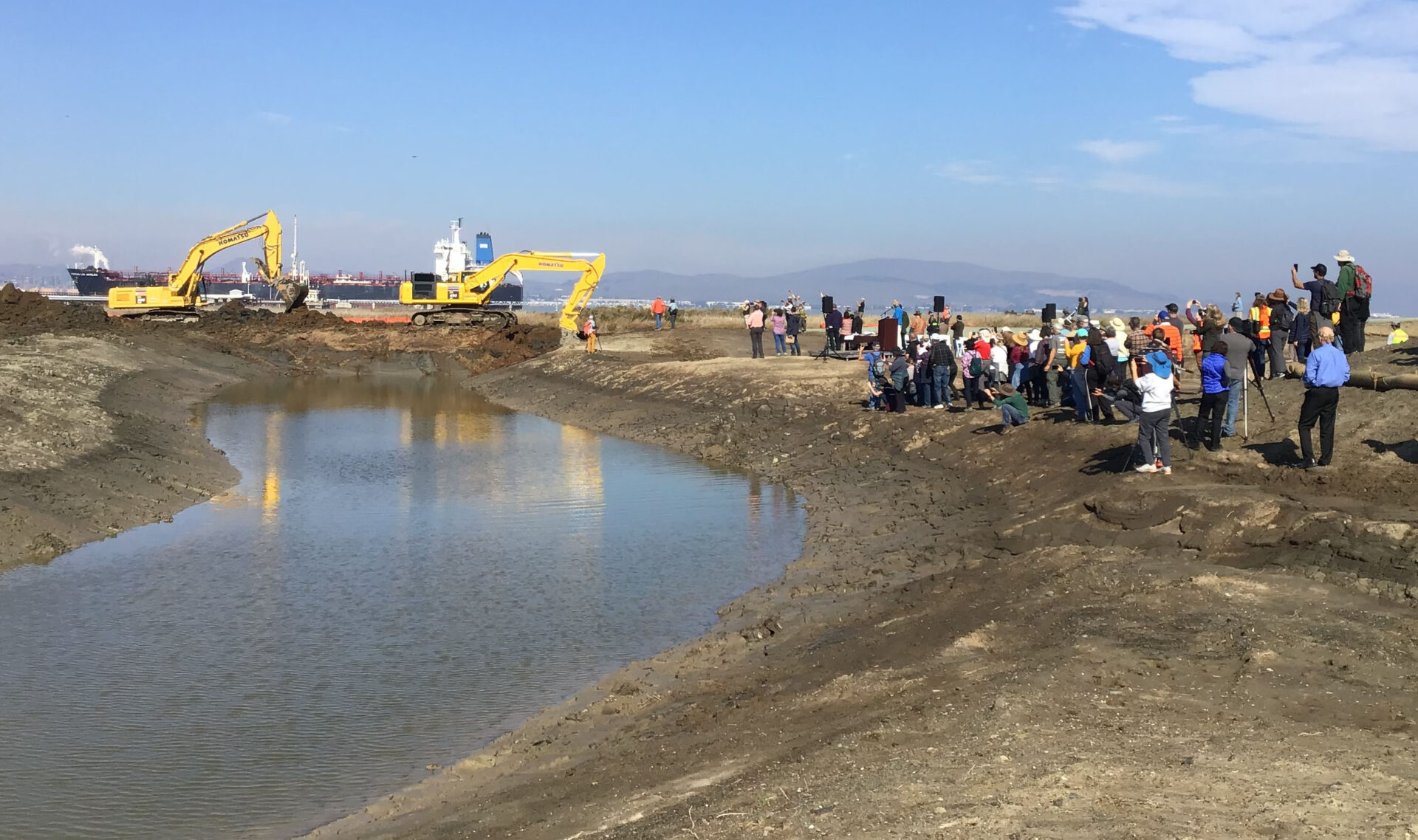
Breach at Pacheco Marsh in 2021, part of the decades-long Walnut Creek floodplain and watershed restoration project near Martinez. Photo: Ariel Okamoto
“The BRRIT brought all our lines of communication with regulators together,” says applicant Drew Goetting, whose consulting firm Restoration Design Group recently completed a large multi-benefit project at Pacheco Marsh. “Through this process, we found the sweet spot between habitat conservation and public access.”
When issues arise that can’t be handled at the team’s staff level they are elevated to the Policy Management Committee, which is comprised of agency managers as well as a representative from the U.S EPA. The PMC “supports collaborative solutions when a project raises questions that involve significant competing impacts and benefits, for which there’s not an existing clearly applicable policy or single clear answer,” according to the PMC’s Keith Lichten of the Regional Water Quality Control Board.
The Coastal Conservancy’s Marilyn Latta led one of the first projects to go through the BRRIT process, the Terminal 4 Wharf Warehouse Pilings Removal Project in Richmond.
“It took a fair amount of time in 2020 to work through specific allowable piling removal methods and permit conditions, but now that the BRRIT is a well-coordinated group, these discussions are happening more efficiently,” she says.
Although generally very supportive of the BRRIT, Latta thinks there is still room for improvement, especially when it comes to nature-based sea level rise adaptation projects that include shoreline protection innovations like beneficial fill, reefs, or a mix of gray and green infrastructure.
“Those projects are still new, and there are a lot of data gaps and unknowns in terms of best design approaches and best permit conditions,” says Latta. She notes that several recent policy changes, including the State Water Board’s Statewide General Restoration Order, are helping, but there’s much more to be done.
The effect of ongoing federal budget and workforce cuts on the BRRIT’s operations are still unclear, but there is reason for concern.
“EPA plays a pretty crucial role in the PMC, really tying everyone together and solving problems, and losing that support could be really painful,” says Sloane. She’s also concerned about uncertainties around NOAA staff on the BRRIT and the wave of “retirements” of local land managers at USFW refuges. “If there’s no one there to participate in these restoration design and planning calls, or to implement and maintain the project, we’ll be left with incomplete decision-making capacity, and projects may get stalled.”
All Photos: State Coastal Conservancy/City of Richmond







